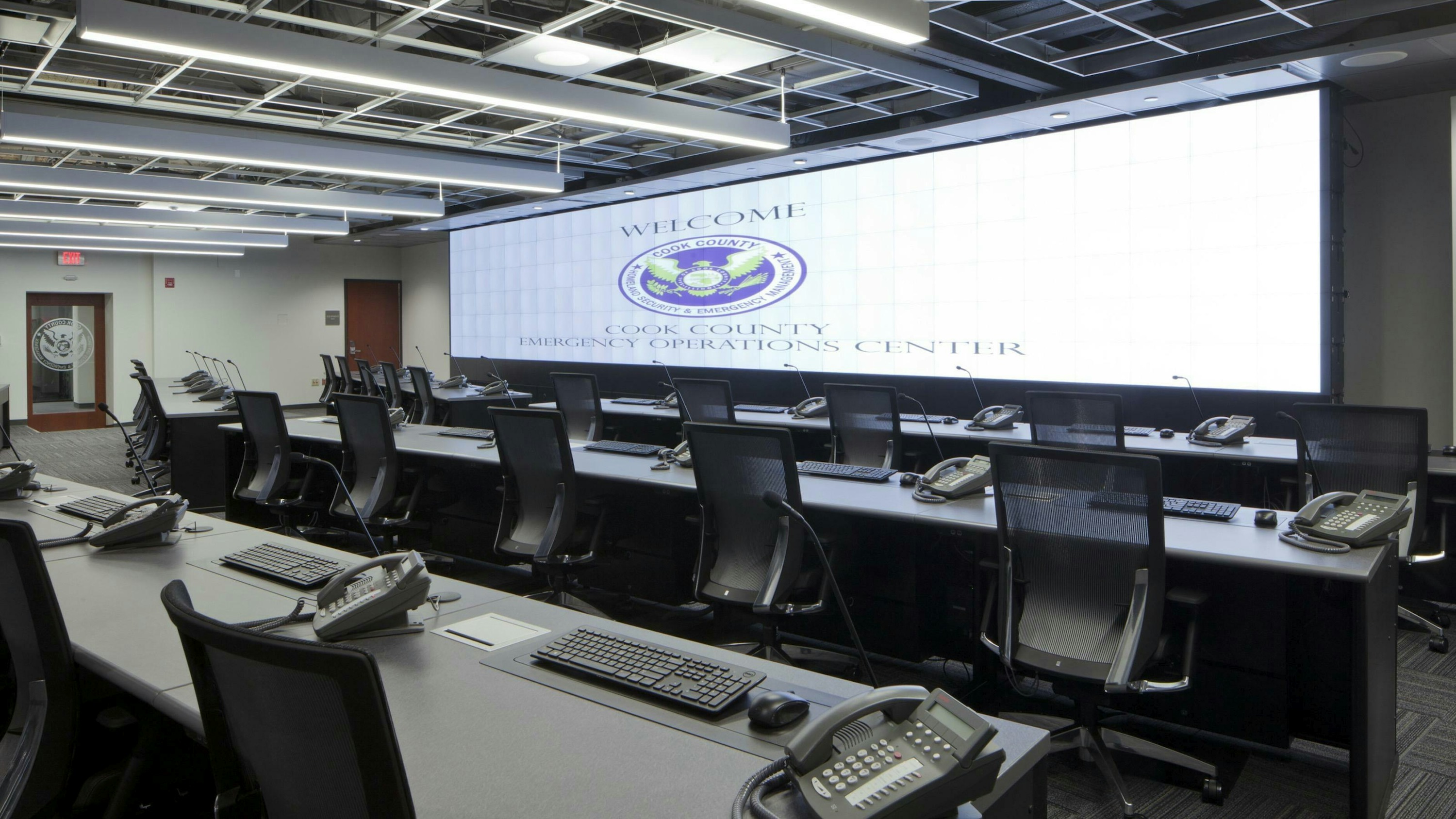
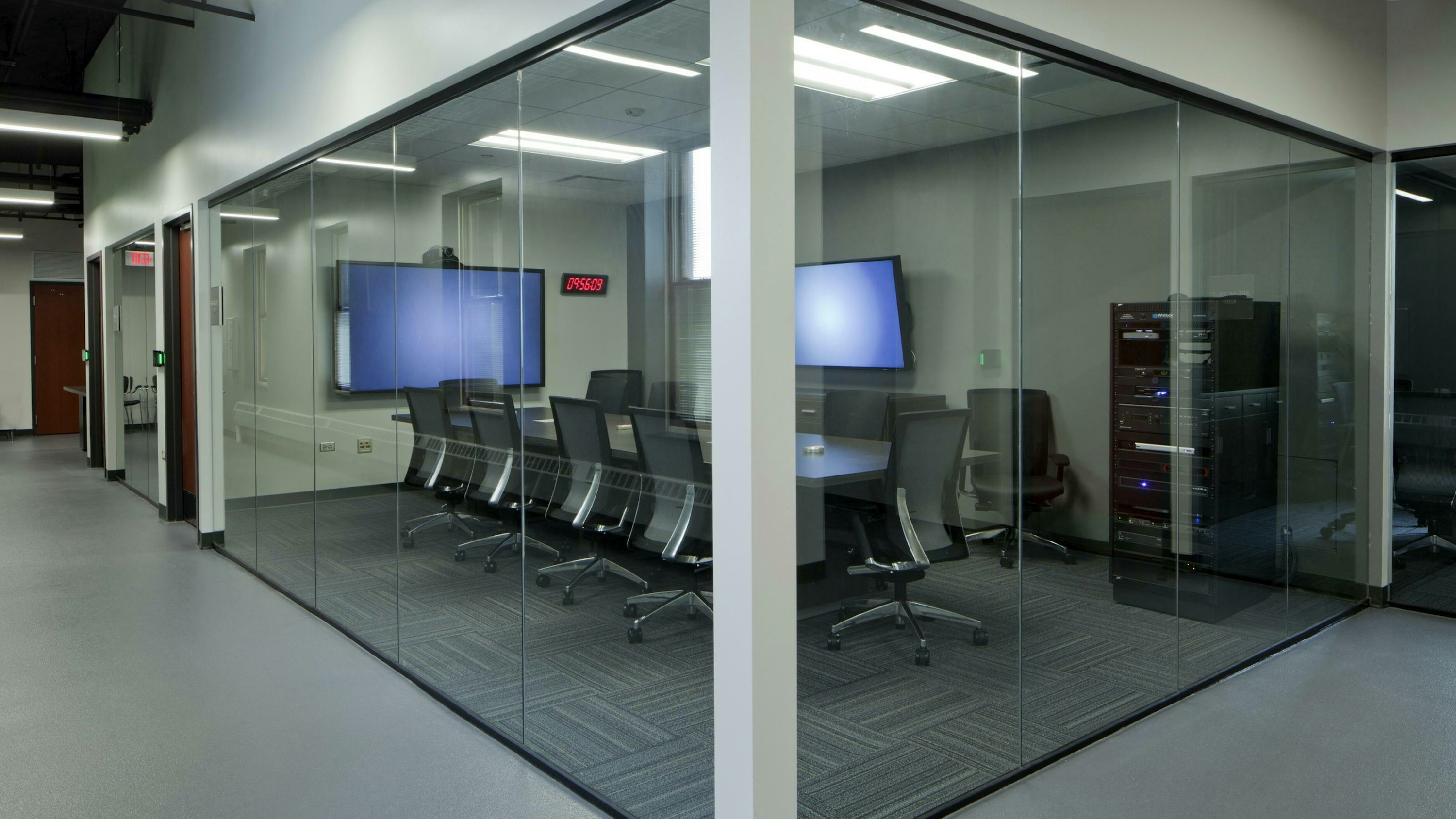
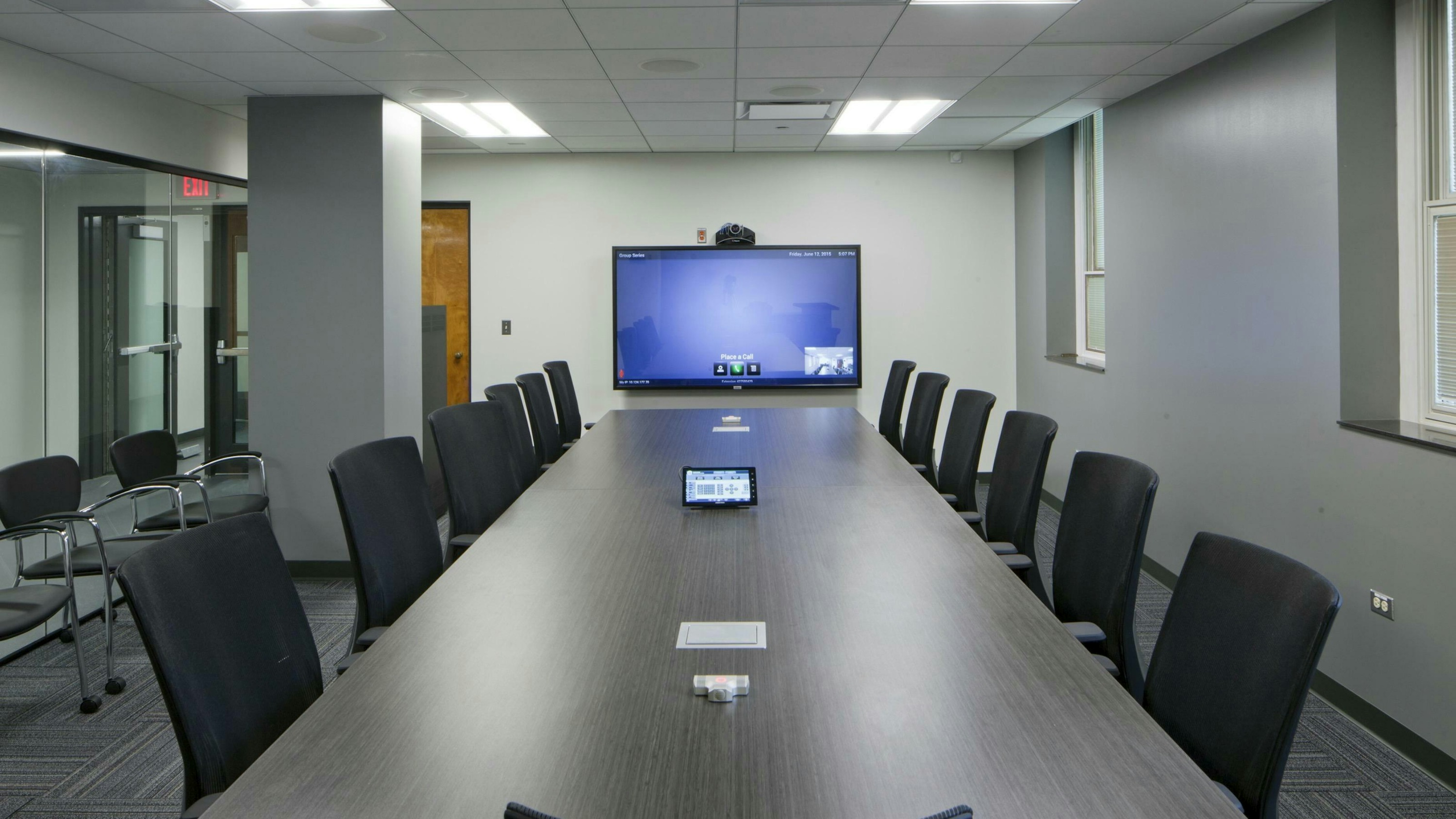
Mission-critical buildings, such as police and fire stations, are designed to meet specific operational needs and often face unique challenges when considering adaptive reuse, or the process of transforming an existing building into a new use, which can often be a sustainable and cost-effective solution. The goal of adaptive reuse is to retain as much of the existing facility resource as possible, while still making the necessary changes to accommodate its new purpose.
While adaptive reuse has grown in popularity over the last decade, it’s especially important to consider pros and cons when determining whether to apply this approach to mission-critical facilities. Community public safety buildings are multi-purpose and meant to sustain both day-to-day activities and emergency situations. As a result, it’s critical to understand the benefits and potential drawbacks of adaptive reuse to determine whether it's the best fit.
Exploring options for adaptive reuse supports a variety of commonly shared objectives of public sector organizations for sustainable construction practices and cost reduction strategies and offers several specific project benefits:
At Wold Architects & Engineers, many of our clients often come to us seeking more affordable project solutions, and adaptive reuse can serve as a cost-effective solution for the right environments. Because many existing buildings have established basic infrastructure, such as HVAC, plumbing and electrical, there’s no need to start from scratch. Rather, it can be less expensive to retrofit these buildings pending what’s needed.
A great example of an adaptive reuse project that not only received competitive bids but also came in under budget is the River Falls Police Department in River Falls, Wisconsin. Our team was hired to perform the River Falls Police Department’s feasibility study, which assessed both the space needs and existing conditions of their prior facility. Because the existing facility had significant space shortages and physical deficiencies with a limited buildable footprint, expansion was not only expensive but unachievable. Instead, the city opted to construct a new, purpose-built 30,000-square-foot police facility. However, when a 20,000-square-foot office/warehouse facility that formerly housed the community’s local newspaper became available for purchase, it became the answer to achieving space needs in a way that was affordable ten years ahead of the city’s financial schedule. The former warehouse space was remodeled into locker rooms, evidence storage, a secure interview suite and a firearms training simulator space. A new squad car garage was added, and the existing office space was left almost untouched.
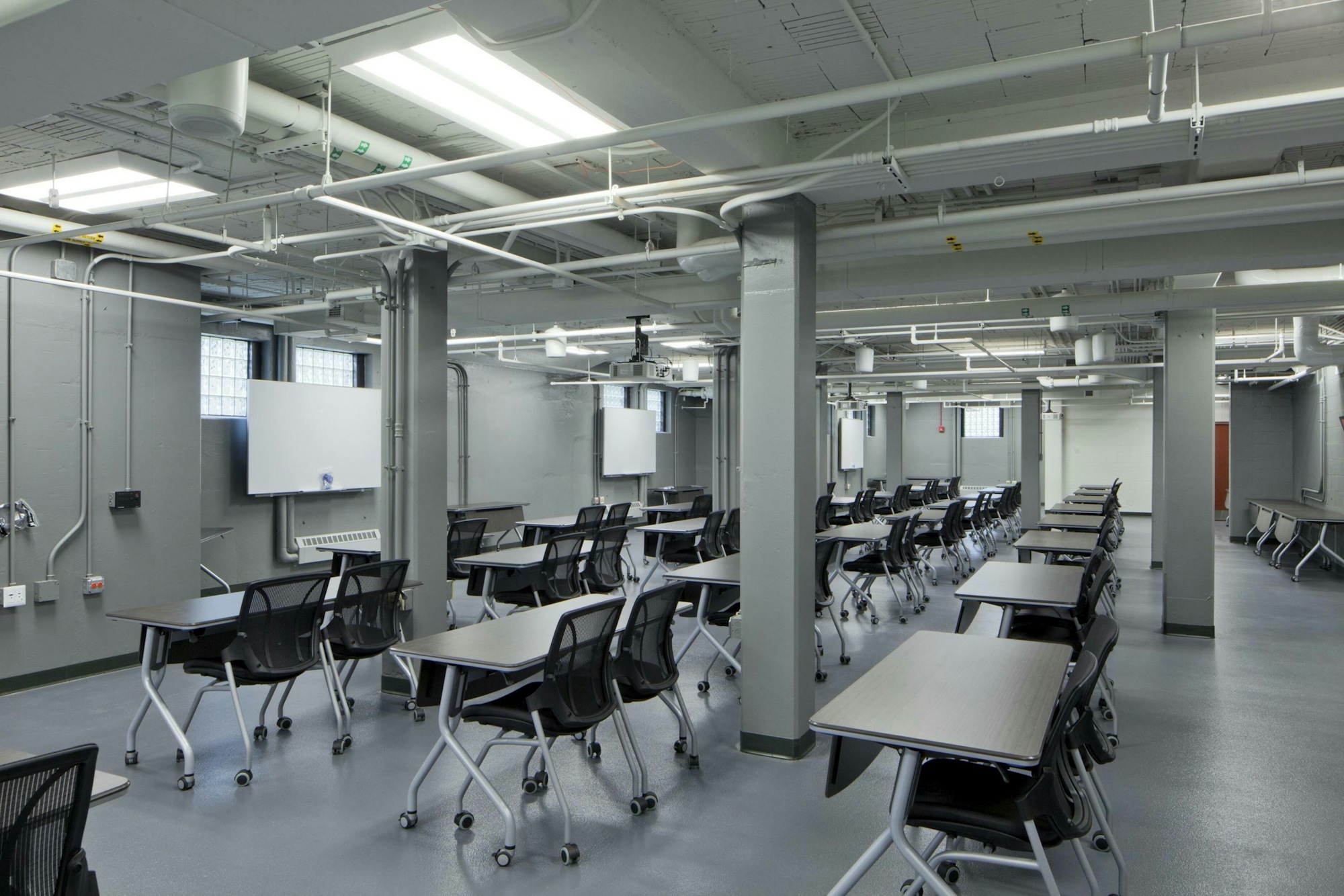
Repurposing existing buildings reduces the amount of new construction needed, which helps conserve resources and reduces the overall carbon footprint of the project. Recycling and reinforcing existing building components help ultimately prolong the building’s life and upgrade an existing facility to meet the unique needs of a mission critical operation.
One way we reinforce existing facility infrastructure is by adding Kevlar impregnated fiberglass panels to an existing wall assembly to make them more ballistic resistant. Similarly, films can be applied to existing window glazing to add attack resistance to the existing assembly. Another strategy for consideration is to reinforce an existing building’s structural frame by applying a fiber-reinforced polymer to its columns and beams to add strength needed to provide higher resistance to storm winds or earthquakes.
Adaptive reuse can preserve cultural heritage, allowing buildings to maintain much of their original design. Preserving historic buildings helps maintain the character of communities, as many older buildings across the country have architectural designs and features that are no longer used in modern construction. It presents an opportunity to blend the past with the present to accommodate the needs of the future.
However, repurposing a building can also present unique design challenges:
Too often, part of the motivation to reuse existing buildings is to save money, which can sometimes result in unintentionally cutting corners. If you’re reusing an existing building, it’s possible building officials won’t go back and recheck the changes made. This oversight can result in costly errors in the future.
In some instances, it costs more to purchase an existing building and convert it than starting from scratch. For certain projects, building new would be the best option. Whether you’re considering buying or building, there are more factors than cost.
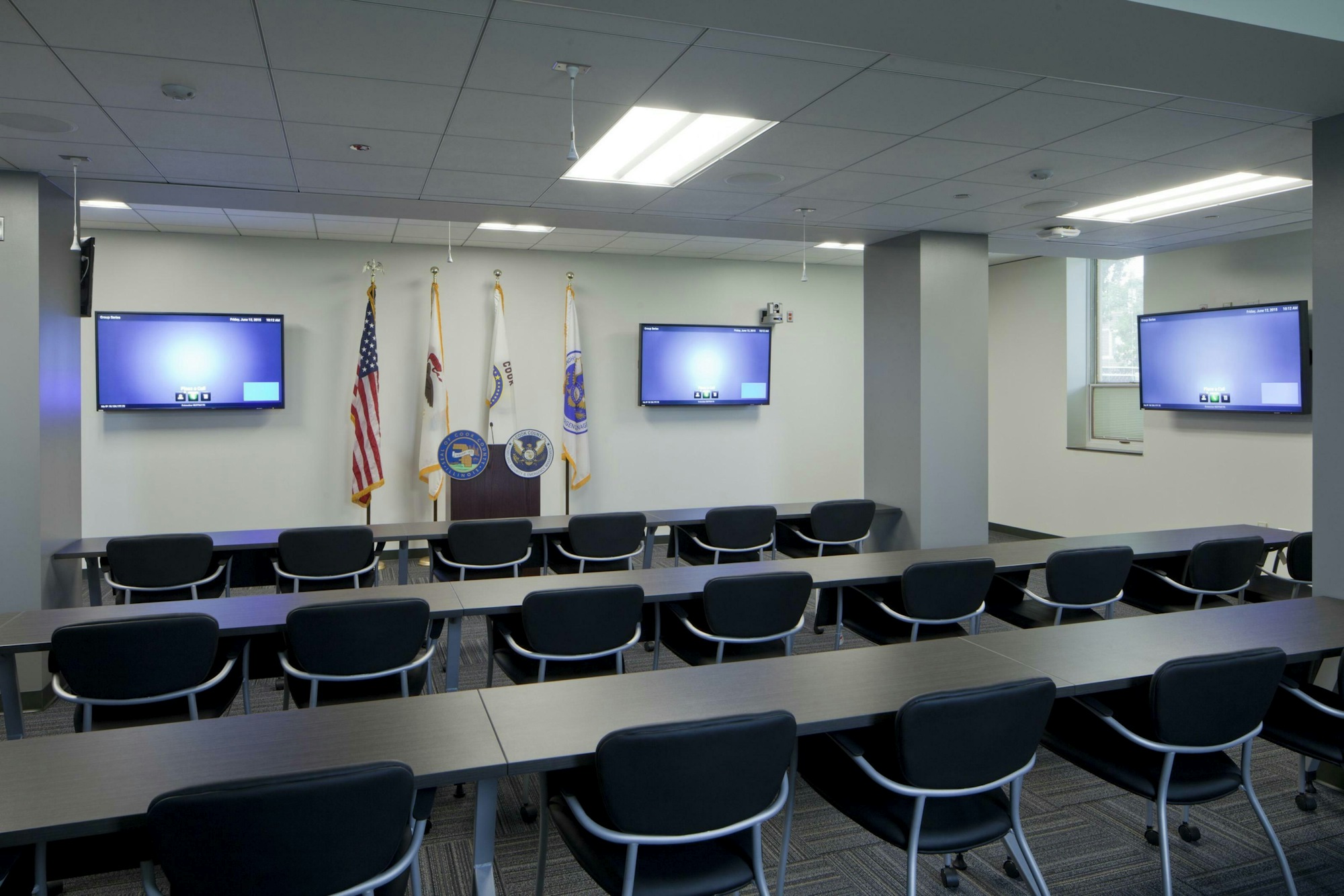
One of the most significant cost savings associated with adaptive reuse is the reduction in construction costs associated with the building’s structural systems. Working within the footprint of an existing building means that the foundation, exterior envelope and roof are already addressed. Since the building’s primary structure is already in place, owners are essentially ‘stuck’ with the location of existing columns and beams. This ultimately affects interior layout, as you don’t want a column creating sightline or functionality challenges in the middle of an important room. Older buildings were typically designed with smaller structural bays and are often comprised of concrete elements that are difficult to alter, so it’s important to take those into consideration when determining whether to reuse an existing building.
New buildings are often more attractive for builders because they’re easier and faster to create. Because of the ease and shorter timelines, there’s more competition both from people wanting to build new facilities and on bids. Due to longer timelines, lack of flexibility and input into the design, and the likelihood of construction delays due to discovery of concealed conditions, remodeling projects can be less attractive to the construction community, and people often have a harder time generating interest for these types of projects.
There are several best practices for adaptive reuse projects when dealing with community public safety buildings:
Mission-critical buildings often have specialized infrastructure and systems that are unique to their functions. For example, some modern emergency operations and communications facilities require specialized cooling systems. When repurposing buildings with special infrastructure, systems may need to be updated or replaced to accommodate the function while maintaining building integrity and safety.
When the Cook County Department of Homeland Security and Emergency Management relocated their emergency operations center to a historic structure, our team had to contend with defining a HVAC strategy that could be accommodated by the building’s construction type and minimal clearances. This led to the implementation of a distributed equipment approach that relies on smaller mechanical rooms located adjacent to the spaces being served rather than a centralized mechanical plant.
Public safety buildings are required by code to have higher levels of resilience, ensuring they are survivable to both man-made and natural disasters such as strong winds, earthquakes, etc. This level of disaster-resilient architecture is not likely to be addressed during an adaptive reuse project due to the nature of the existing infrastructure. Rather, it’s often easier to build more resilient buildings from scratch to mitigate risk than it is to retrofit existing facilities to meet the same levels of resiliency. It is important to evaluate each clients’ objectives thoroughly when evaluating the appropriateness of potential adaptive reuse opportunities by creating a hardening and redundancy matrix.
Breathing new life into buildings through adaptive reuse for a mission critical function presents unique opportunities and challenges, but careful consideration of key design factors can help determine the best plan of action. By approaching adaptive reuse with a thoughtful and strategic mindset, buildings can be repurposed to serve new public safety functions while maintaining their essential qualities.
This article was originally published in the May/June issue of Correctional News and can be viewed here.